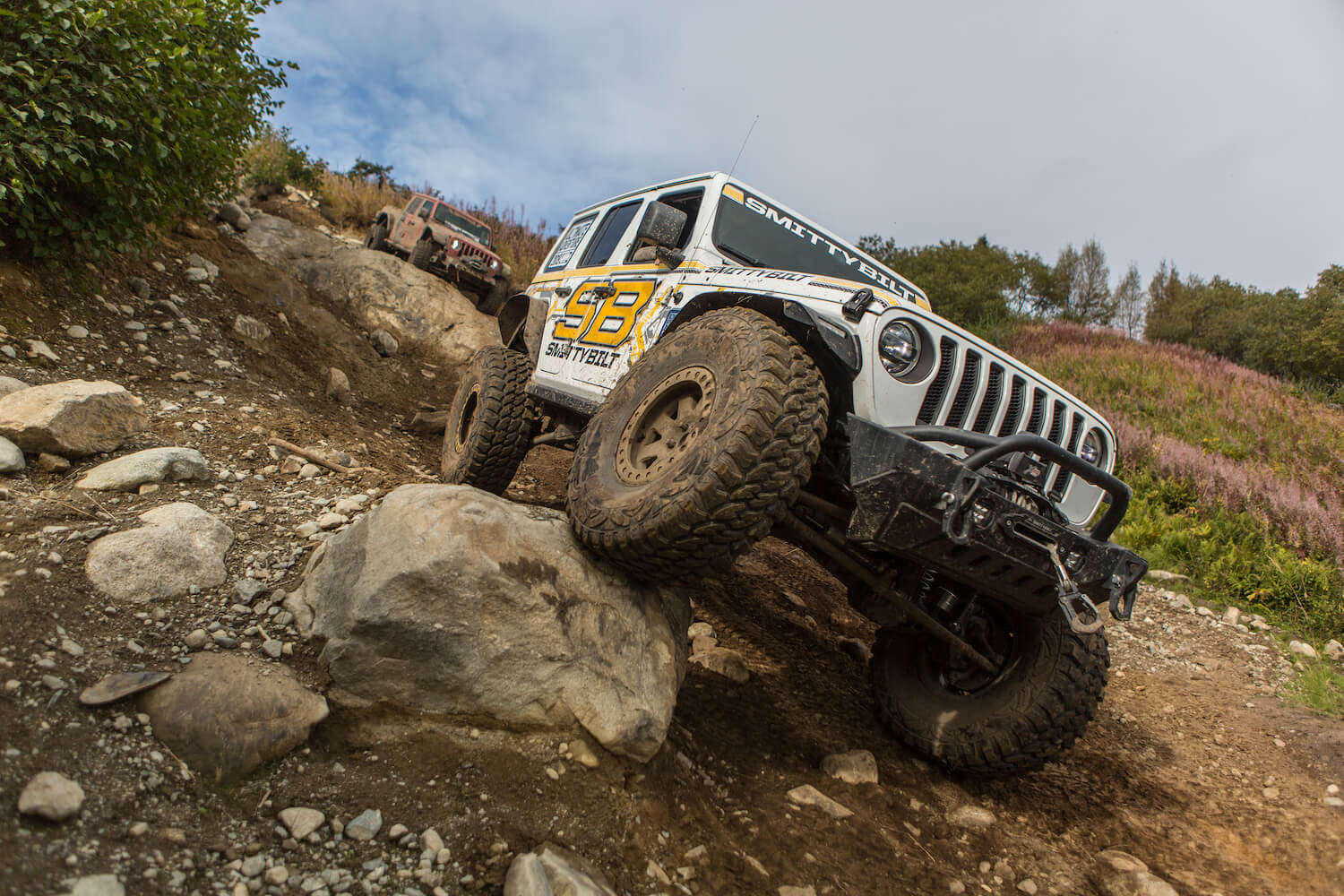
Photography by Harry Wagner
If you go off-road, sooner or later you are going to get stuck. If you are by yourself and don’t have the skills and equipment to remedy the situation, this can be a big deal. However, if you carry the appropriate recovery equipment with you and possess the knowledge about how to use them, the situation will likely be no big deal. One critical piece of gear is a shackle. Whether you are hooking your winch line to a tree saver strap or connecting a recovery strap to your bumper, you typically need a shackle. Which shackle is best for your needs though will depend on a variety of factors including your vehicle’s weight, the type of recovery points you have, your budget, and more.
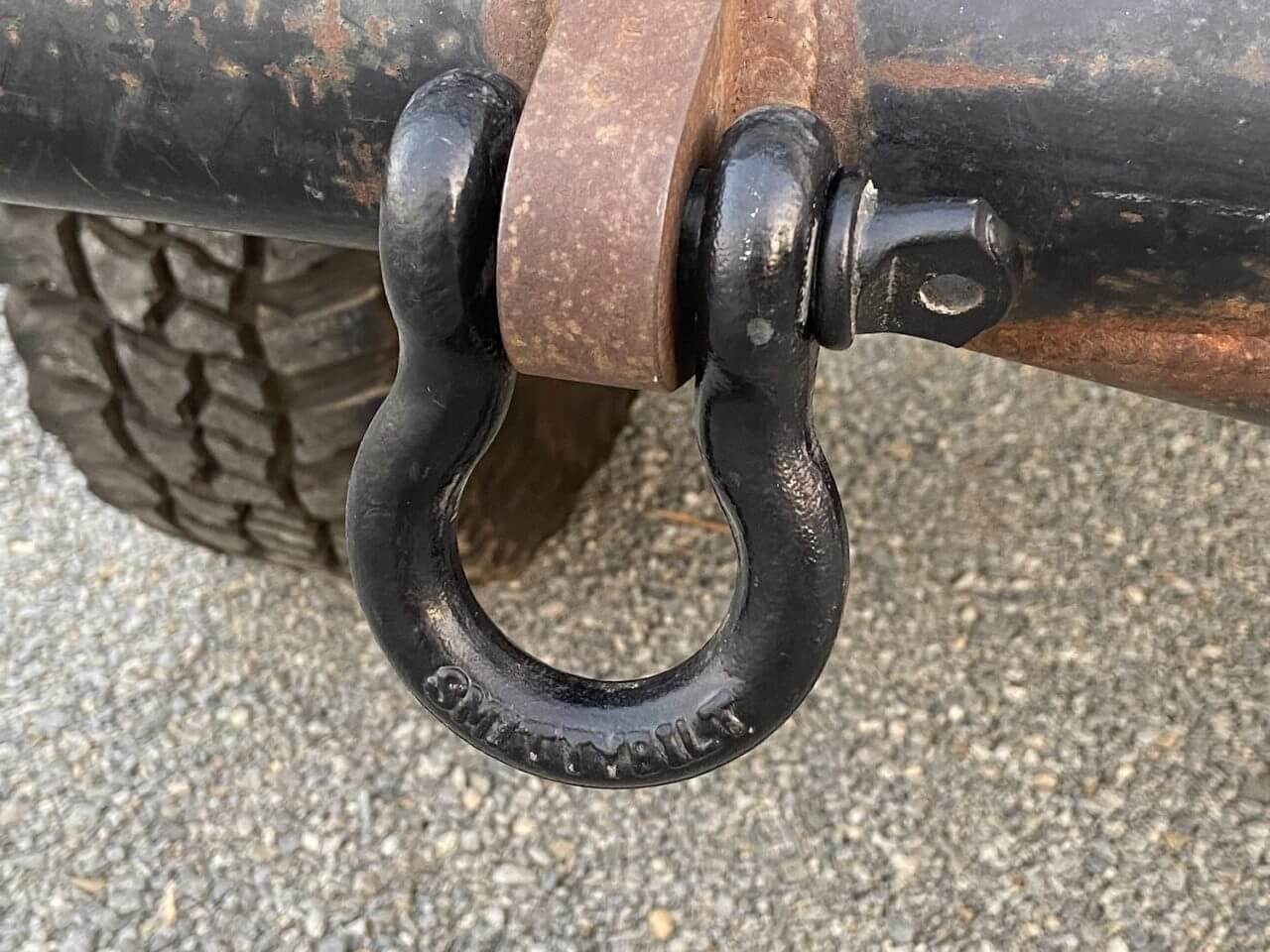
Smittybilt’s D-Ring Shackles are the perfect vehicle recovery rigging point. These universal fit shackles will work perfectly with Smittybilt’s XRC & SRC Series Bumpers as well as any other brand of off-road bumper. They are available in black, high visibility red, or a zinc plated finish.
D-Ring
Call them d-rings, call them bow shackles, call them whatever you want. These metal links have been around for years, and they do a great job of connecting your vehicle to a recovery strap. They are inexpensive, easy to use (even with gloves on), and many bumpers have integrated mounts to accept 3/-4-inch d-rings. The screw pin in d-rings has a hole in it, we use a screwdriver to tighten up the pin so they don’t rattle loose on the trail. Rattles are a way of life with d-rings, and their heft makes them not only noisy but a challenge to store safely. We keep ours on our bumper, if you put the shackle in your vehicle make certain it is safely stored so it doesn’t become a projectile during a rollover.
While 3/4-inch shackles are the most common size, 1/2-inch and 7/8-inch shackles are also available. Smittybilt’s 1/2-inch shackles are rated at two tons, making them well suited for UTVs. The 3/4-inch shackles are rated at 4 3/4 tons, which is why they are so popular with Jeeps and SUVs. If you have a heavy fullsize truck though you may want the 7/8-inch shackles, which are rated at 6 1/2 tons. Note that the increase in strength isn’t directly proportional to the size of the shackle, a 3/4-inch shackle is rated at more than twice the 1/2-inch shackle but it isn’t twice as large. Also, you aren’t going off the curb weight of the vehicle, but rather the dynamic load that the recovery gear is subjected to when trying to free a vehicle stuck in the mud, sand, snow, or up against a rock face. It is better to err on the side of safety in these regards, a shackle that breaks can become a deadly projectile as the energy stored within it is released.
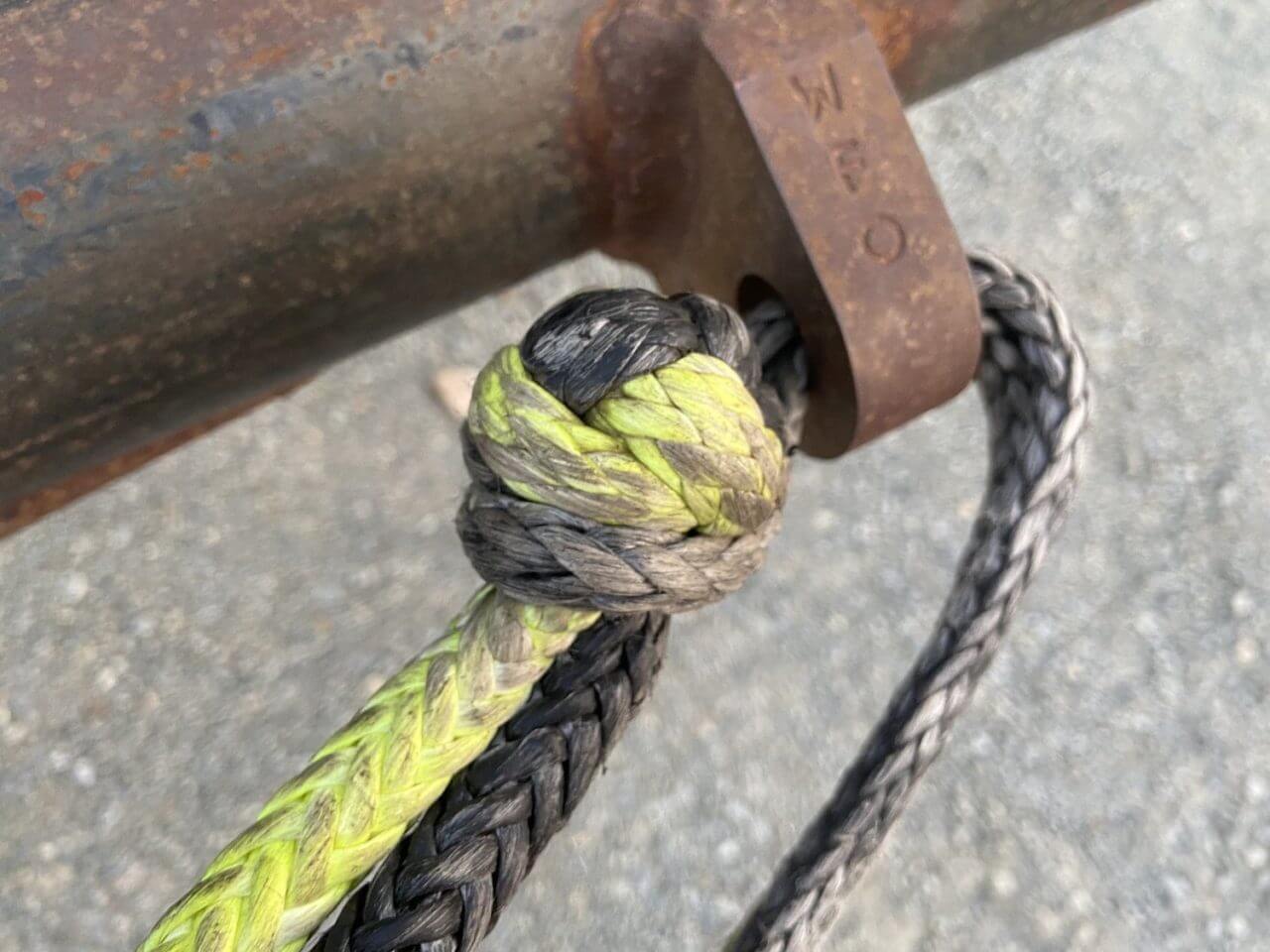
One of the first things you notice about Bubba Rope’s Gator-Jaw when holding it in your hands next to other soft shackles is how tightly the knot is tied. This patented design is done with an industrial machine to ensure that the knot will never come untied during recovery.
Soft Shackle
Soft shackles originated in the marine community and are a lighter and stronger alternative to traditional d-ring shackles. Think of d-ring shackles as steel winch line and soft shackles as synthetic winch line. In fact, soft shackles are made from the same high modulus polyethylene (HMPE) fibers as synthetic winch lines. Bubba Rope’s Gator-Jaw 3/8-inch diameter Gator-Jaw is only half as thick as a steel d-ring but is rated at over ten times the breaking strength. These shackles weigh less than half a pound, in fact they are so light they actually float! They are also easy to store around a roll cage or steering column where they are easy to access and don’t make any clunking or rattling noise. Of course, there is no such thing as a free lunch, and soft shackles cost four times as much as a comparable d-ring shackle. And like synthetic winch line, if you are not careful it is possible to cut the material and ruin your investment.
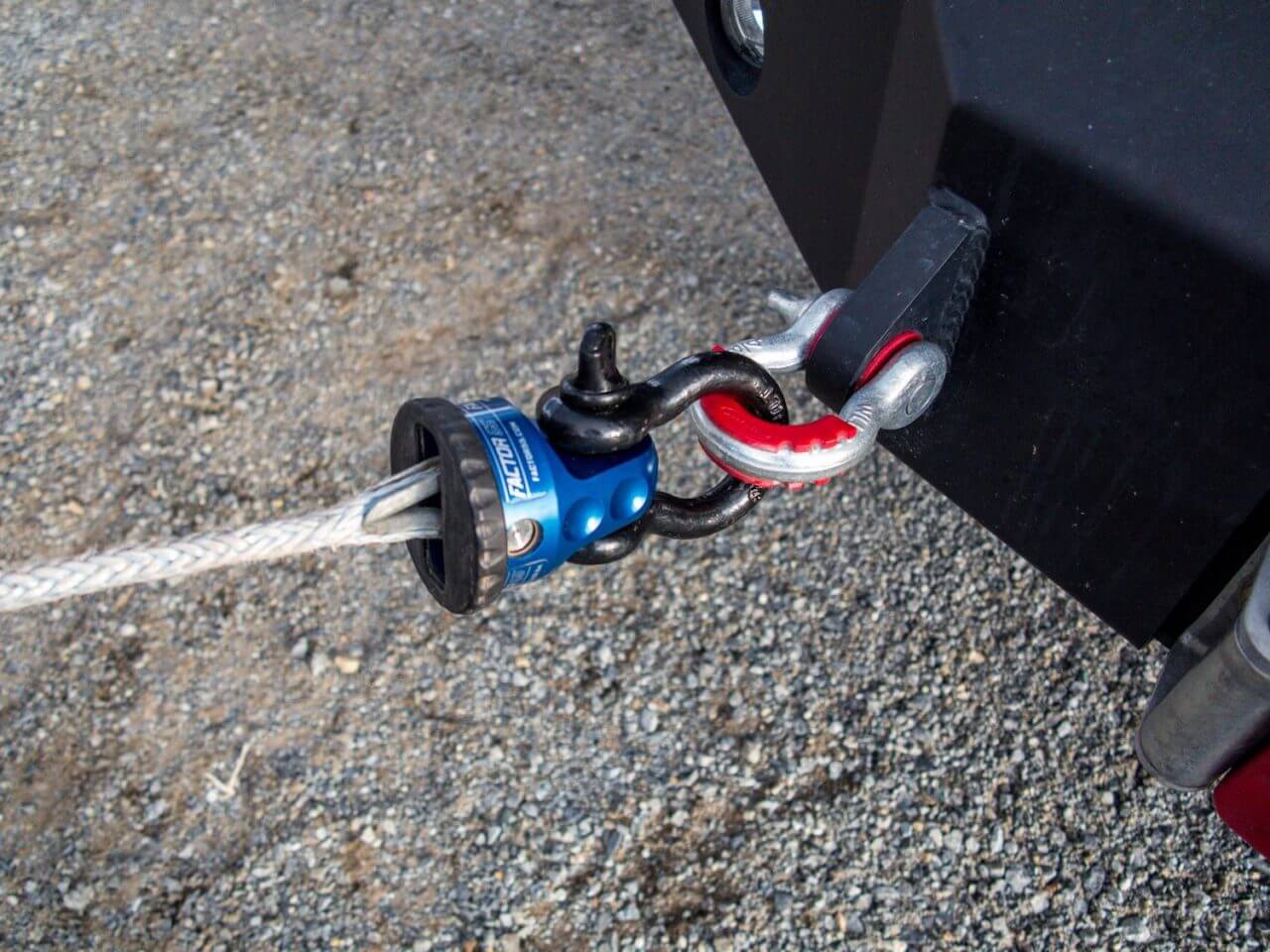
If you have a thimble at the end of your winch line, like Factor 55’s ProLink, you have to use a shackle in order to connect your winch link to a strap or recovery point. We prefer soft shackles with the thimble, since the pin of a d-ring must go through the opening in the thimble, but if you want to connect to a recovery point on a bumper you need a second d-ring since the pin has to go through that opening as well.
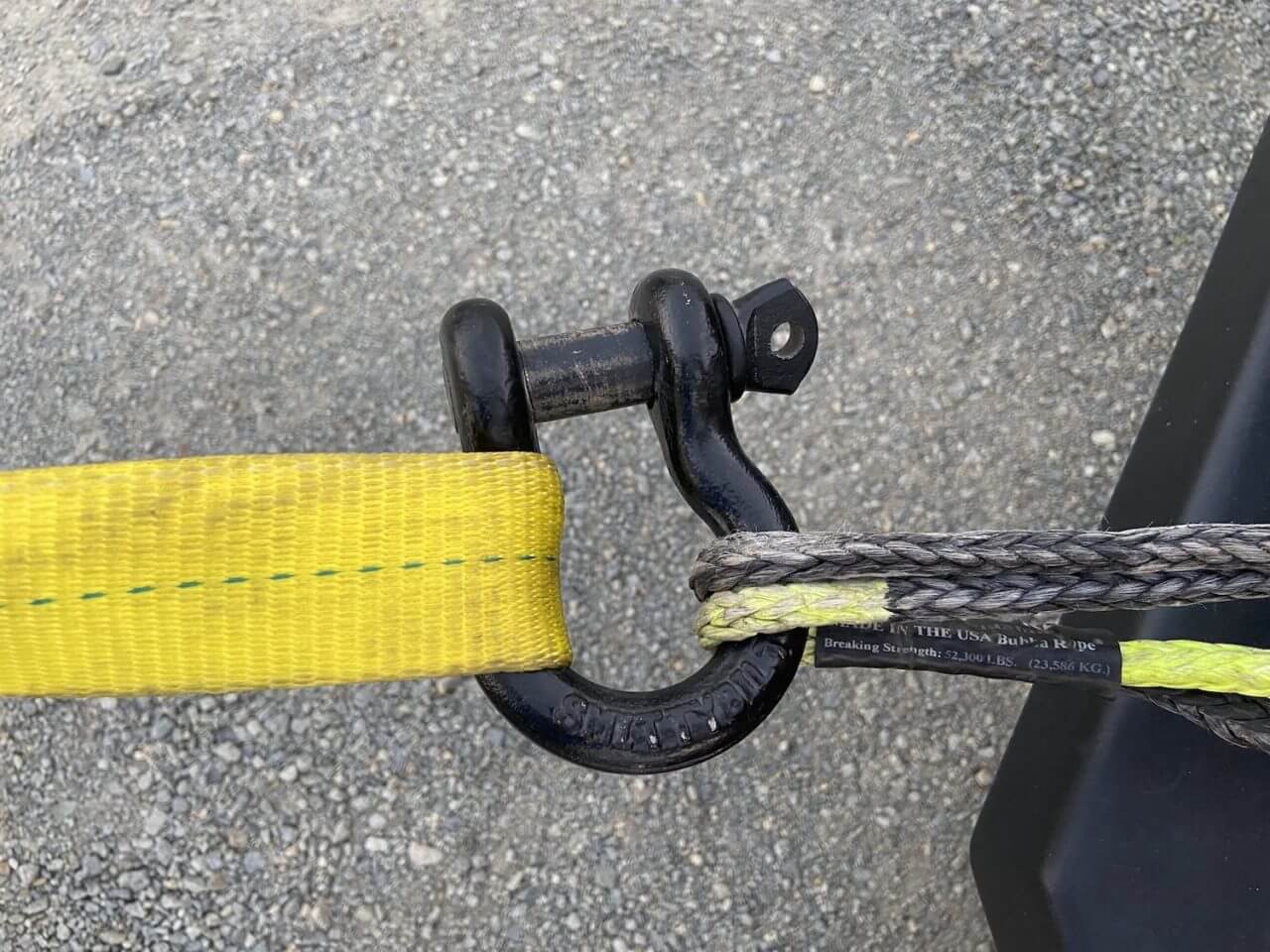
You never want to side load a d-ring during a pull, as this can stretch the shackle and make it impossible to remove the pin. At a 45 degree angle the working load limit of the shackle decreases by 30%, and at a 90 degree angle the working load limit decreases by 50%.
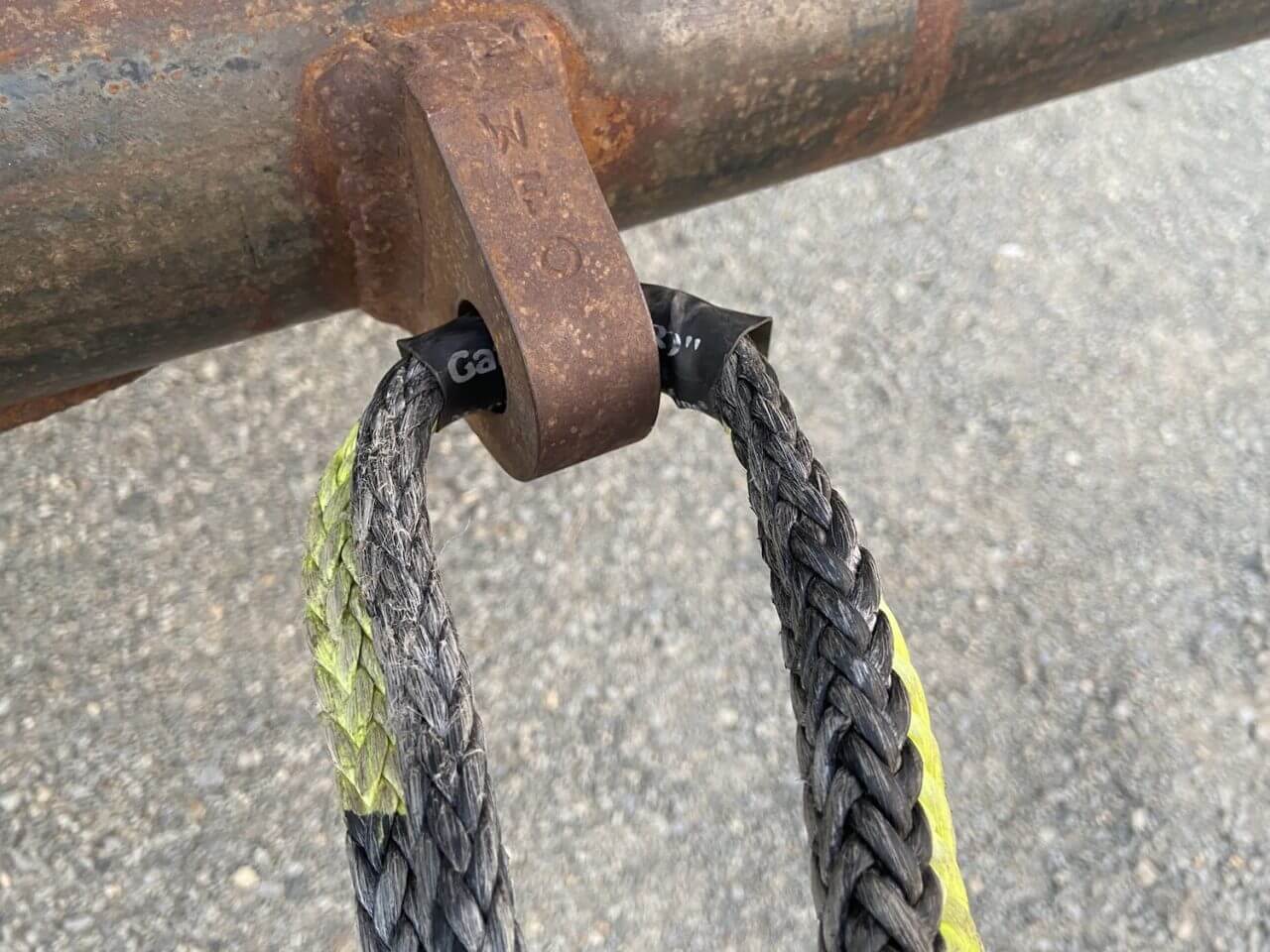
The abrasion guard on Bubba Rope’s Gator-Jaw shackles is intended to contact recovery points with sharp corners to ensure that the fibers of the synthetic rope are not damaged during recovery. They also offer ballistic nylon chafe guards for even greater protection.
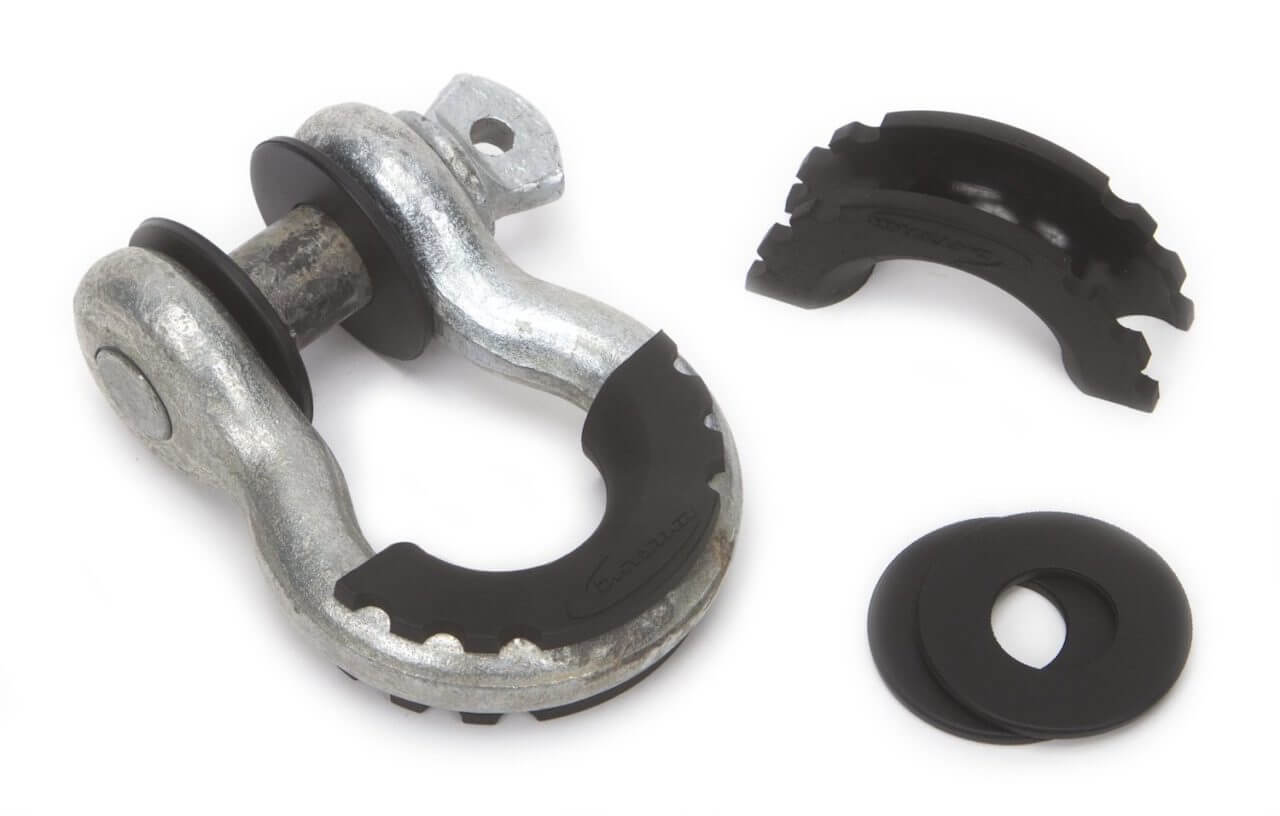
Daystar D-Ring Isolators install on any standard 3/4inch shackle and are constructed of a durable polyurethane. Polyurethane acts as an isolator for the shackle and prevents the shackle from tapping against a bumper or any other recovery point when the vehicle is in motion. They simply snap into place and can be installed or removed in moments.




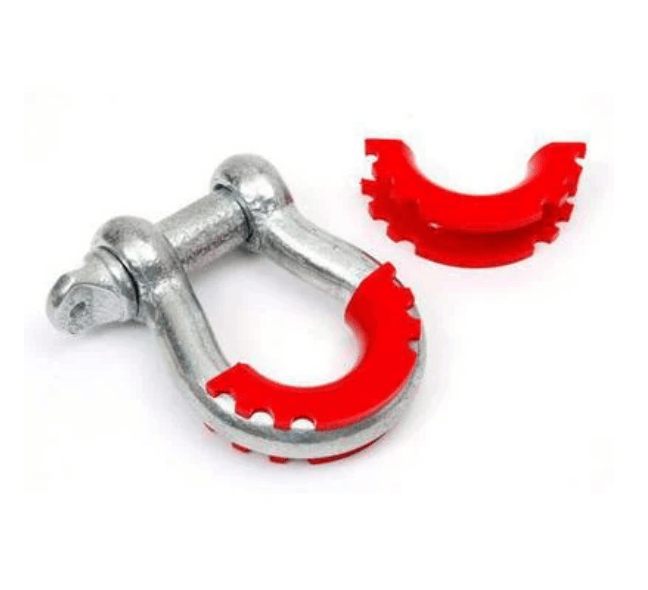

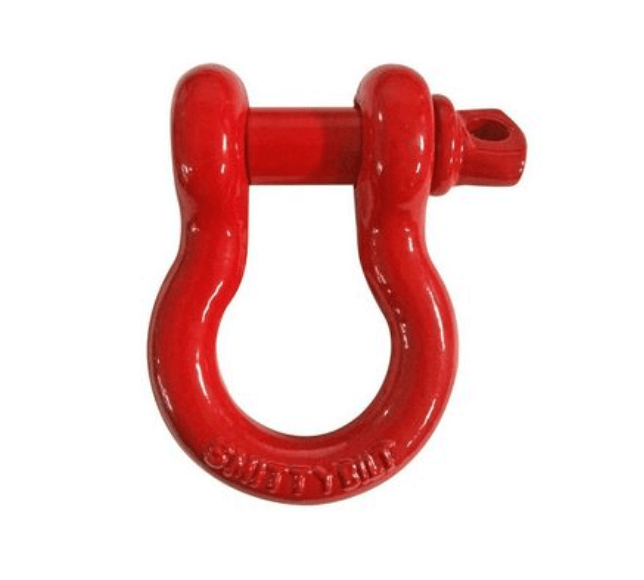
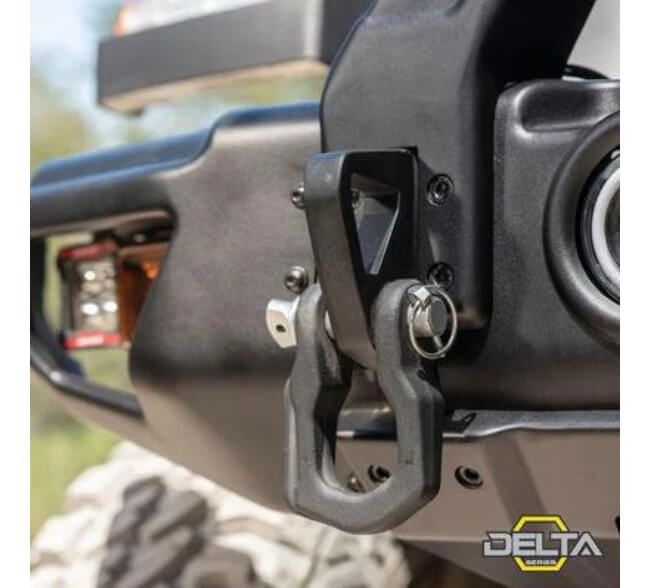

2